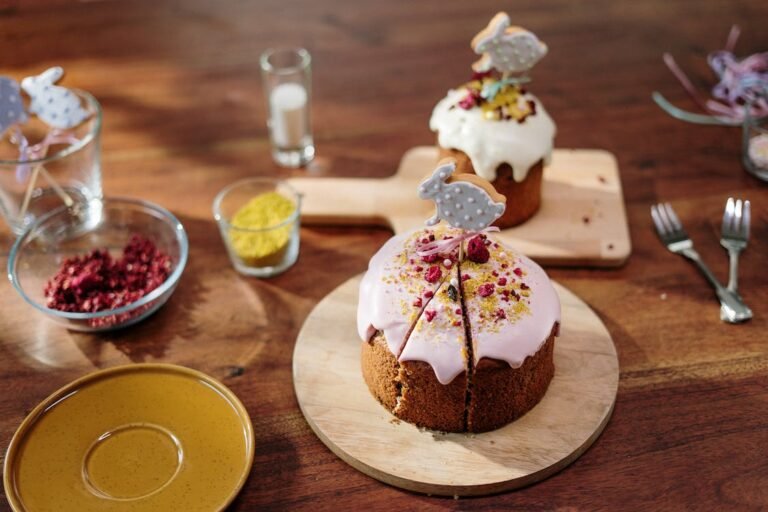Easter is one of the biggest and most important religious holidays in Catholic Spanish culture. The Spanish celebrate Easter with great religious and cultural significance. In this article, we will look at how the Spanish celebrate Easter, what traditions and customs are associated with this holiday.
The Christian holiday of Easter, which celebrates the resurrection of Jesus Christ, is the most important holiday in the Spanish religious tradition. Easter celebrations in Spain begin on Maundy Thursday, which marks the last supper of Jesus Christ with his disciples, and continue until Easter Sunday.
What is "Semana Santa"?
One of the traditional symbols of Easter is Semana Santa, or Holy Week, which begins on the Sunday before Easter. It is a very important week in Spanish religious culture, during which religious processions and ceremonies take place.
During this week, religious brotherhoods take to the streets carrying religious symbols such as crosses and statues of saints. These processions are often accompanied by music and singing, making them a special event for locals and tourists.
Traditional Easter "Bacalao"
In addition to religious ceremonies, Spaniards also celebrate Easter with family and friends. On the Friday before Easter, some restaurants offer a traditional dish of "bacalao", which consists of fried mackerel or cod, potatoes. This is a traditional Spanish dish, served with a variety of sauces and seasonings, and is popular in regions where fish is the main ingredient in dishes.
What is "Domingo de Resurrección"?
On Easter Sunday, known as Domingo de Resurrección (Resurrection Sunday), Spaniards celebrate with greater enthusiasm. Many regions of Spain host various festivals and celebrations, where locals and tourists come together to have fun.
For example, the city of Seville hosts the traditional "Feria de Abril" which lasts for a week after Easter. This event includes a variety of entertainment such as dancing, music, fairy shows and carnival parades.
Easter traditions in Spain
Each region of Spain has its own traditions associated with the celebration of Easter. For example, in the region of Catalonia, traditional wax candles are used, called "Cera de Pasqua". These candles have different colors and patterns and are used during religious ceremonies. They also traditionally make chocolate sculptures with the hope of happiness and prosperity.
In the Galician province, the traditional “Botafumeiro” is used, which are the largest censers in the world. These censers weigh more than 50 kilograms and rise to a height of more than 20 meters to fill the church spaces with fragrant smoke. And in Galicia in northern Spain, there is a traditional ceremony called the “Fiesta del Agua”, where people pour water on each other. This symbolizes the purification of the soul before the holiday.
In Valencia, during the celebration of "La Semana Santa", competitions are held for the most beautiful floral decorations.
Do people give eggs for Easter in Spain?
Yes, but in addition to eggs, in Spain, depending on the region, it is customary to treat yourself to very simple but diverse desserts.
The most popular dessert for the coast from Catalonia to Murcia is the "Mona de Pascua", which is a dry cake, generously sprinkled with sugar, in the shape of a large doughnut, in the center of which a colored boiled or chocolate egg is placed.
"La Semana Santa" parade
One of the most famous Easter celebrations in Spain is the traditional parade "La Semana Santa", which takes place in the week before Easter. This parade features religious bands and groups of people carrying large censers on their shoulders. It is a very impressive event that attracts thousands of tourists from all over the world.
In general, Easter in Spain is a time of joy, fun and religious ceremonies that ignite feelings of faith and national pride. During this time, people come together to celebrate and commemorate this important event. It is also a time when families prepare traditional dishes and sweets, such as "Torrijas" or "Mona de Pascua", which are served on the table.
On this day, various religious ceremonies, such as processions and church services, also take place. In most regions of Spain, traditional dances and songs, such as the "Saetas", are performed openly in the streets.
Thus, Easter in Spain is a celebration that combines religious traditions and national customs. It is also a time when people come together to celebrate this holy day, socialize, eat traditional dishes, and enjoy life.

